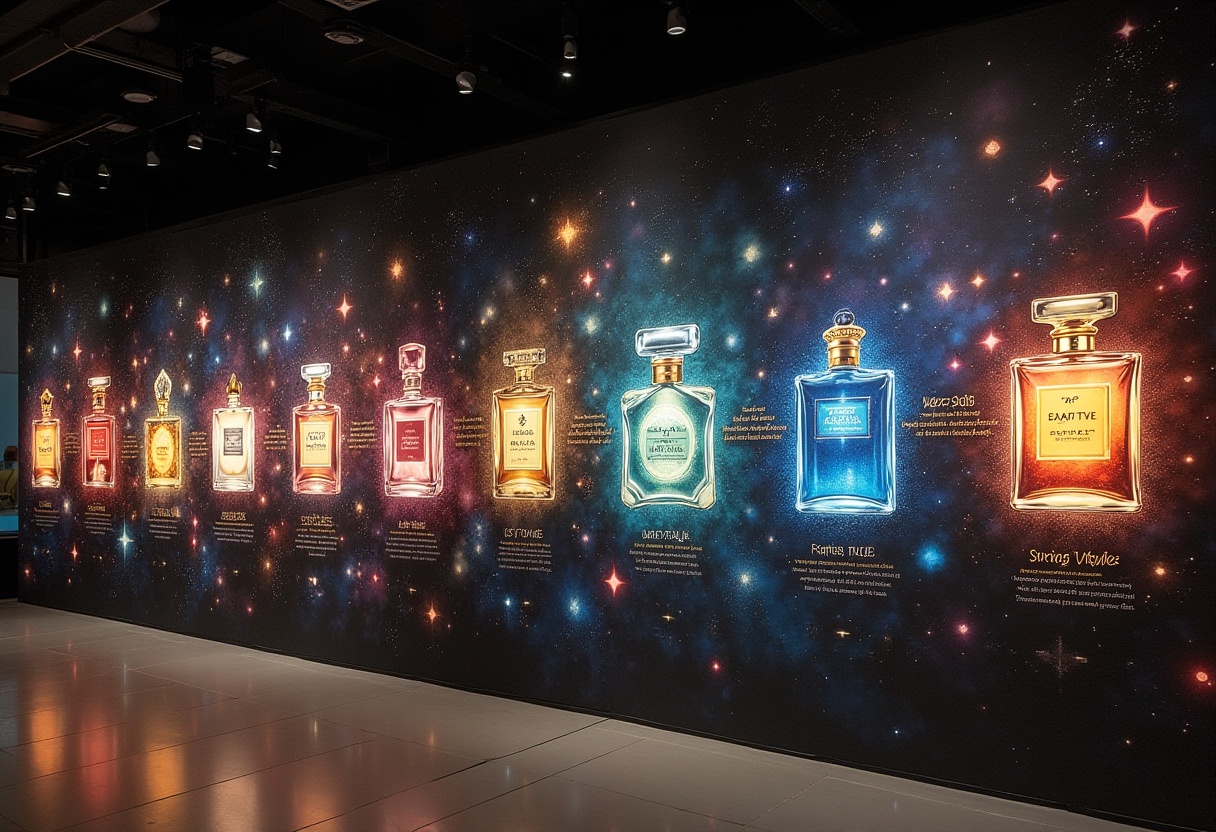Your cart is currently empty!
A Timeline of Iconic Perfumes: The Fragrances That Changed the Industry

From ancient blends to modern masterpieces, certain perfumes have stood the test of time and shaped the fragrance world. These iconic creations didn’t just smell amazing — they defined eras, sparked trends, and introduced new olfactory possibilities. Let’s explore the timeless perfumes that changed the industry forever.
1889 – Jicky by Guerlain
Considered the first modern perfume, Jicky combined natural and synthetic ingredients — a radical move at the time. It introduced the concept of fragrance as a personal accessory rather than just a hygiene product.
Why it mattered: Jicky pioneered perfume as an art form and set the foundation for modern scent structure.
1921 – Chanel No. 5 by Chanel
Arguably the most famous perfume in history, Chanel No. 5 was the first to use aldehydes in high concentration, creating a bright, soapy, abstract floral scent unlike anything before.
Why it mattered: It redefined femininity, introduced modern branding in perfume, and became a pop culture legend.
1947 – Miss Dior by Christian Dior
Launched as a post-war celebration of elegance, Miss Dior blended green chypre notes with floral heart and patchouli base. It was refined, romantic, and empowering.
Why it mattered: It revived luxury fragrance after WWII and set a new bar for designer perfumes.
1957 – L’Interdit by Givenchy
Created for Audrey Hepburn, L’Interdit was a floral-aldehyde with white florals and a delicate powdery finish. Its exclusivity and Hollywood ties made it legendary.
Why it mattered: It introduced celebrity-personalized perfumes and the concept of bespoke fragrance marketing.
1977 – Opium by Yves Saint Laurent
A spicy oriental powerhouse, Opium was bold and controversial. With notes of myrrh, clove, and amber, it symbolized decadence and sensuality in the disco era.
Why it mattered: It challenged social norms and redefined the “night-out” fragrance genre.
1992 – Angel by Mugler
Angel introduced the “gourmand” category — sweet, edible-smelling perfumes. With patchouli, chocolate, and caramel, it was divisive yet wildly successful.
Why it mattered: It changed the way perfumes were perceived, inspiring a wave of dessert-inspired scents.
1999 – Light Blue by Dolce & Gabbana
A modern classic, Light Blue captured the spirit of Mediterranean summer. With notes of Sicilian lemon, apple, and cedar, it became a go-to for fresh, breezy elegance.
Why it mattered: It proved that clean, fruity scents could be sophisticated and widely appealing.
2005 – Black Orchid by Tom Ford
Dark, sensual, and genderless in spirit, Black Orchid mixed black truffle, plum, and patchouli in a bold statement bottle. It blurred gender lines and redefined luxury.
Why it mattered: It helped popularize unisex and niche perfumery on a commercial scale.
2012 – La Vie Est Belle by Lancôme
Sweet yet elegant, La Vie Est Belle blended iris, praline, and patchouli. It appealed to a generation seeking happiness and optimism in their fragrance story.
Why it mattered: It marked a return to joyful femininity in a gourmand-dominated market.
2020s and Beyond – The Rise of Niche Fragrance
Brands like Le Labo, Byredo, Maison Francis Kurkdjian, and Jo Malone are shifting the focus toward minimalist packaging, natural ingredients, and storytelling.
Why it matters now: Consumers want individuality, transparency, and purpose-driven scent experiences — and niche brands are leading the charge.
Final Thoughts
These perfumes didn’t just smell incredible — they shaped history. From breaking boundaries to launching new categories, each one changed the way we understand and wear fragrance. As perfume continues to evolve, new icons will rise — but the legacy of these classics lives on.
Next in our Plenty Scents series:
Perfume vs. Parfum vs. Eau de Toilette: What’s the Real Difference? →
Leave a Reply
You must be logged in to post a comment.